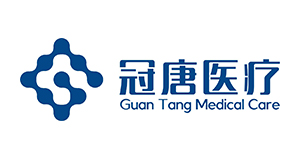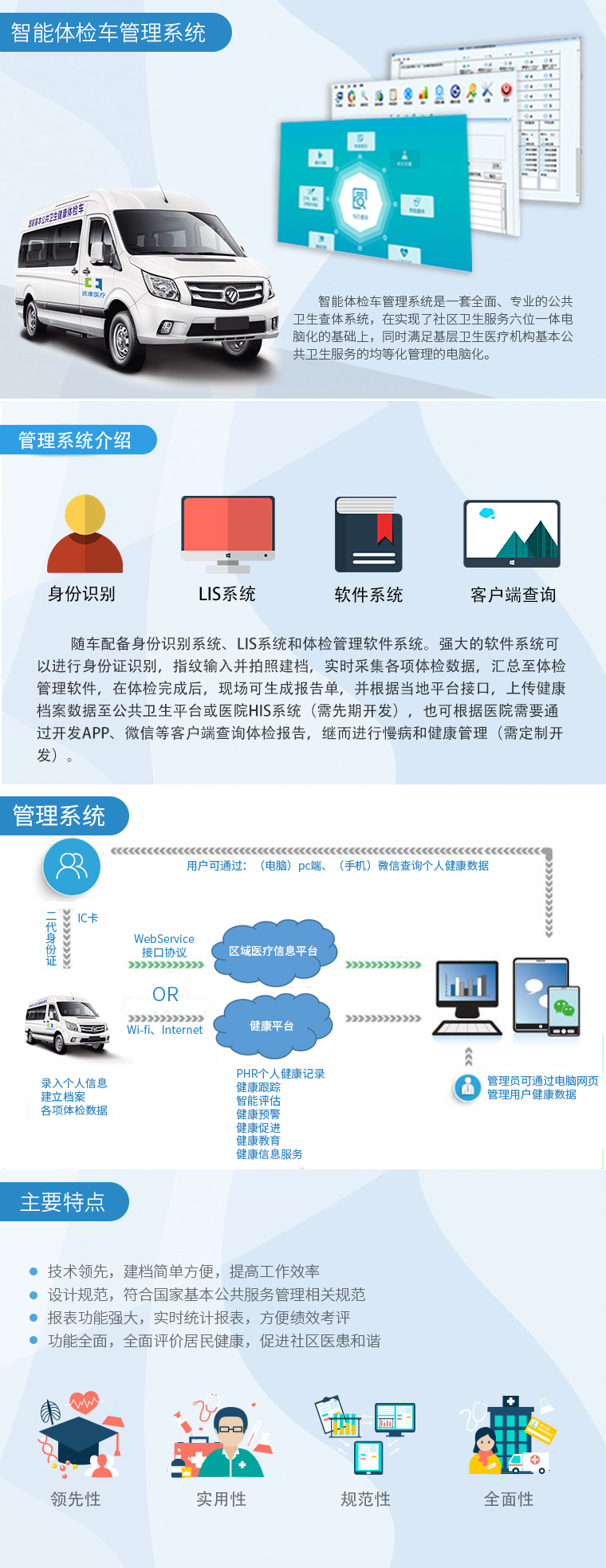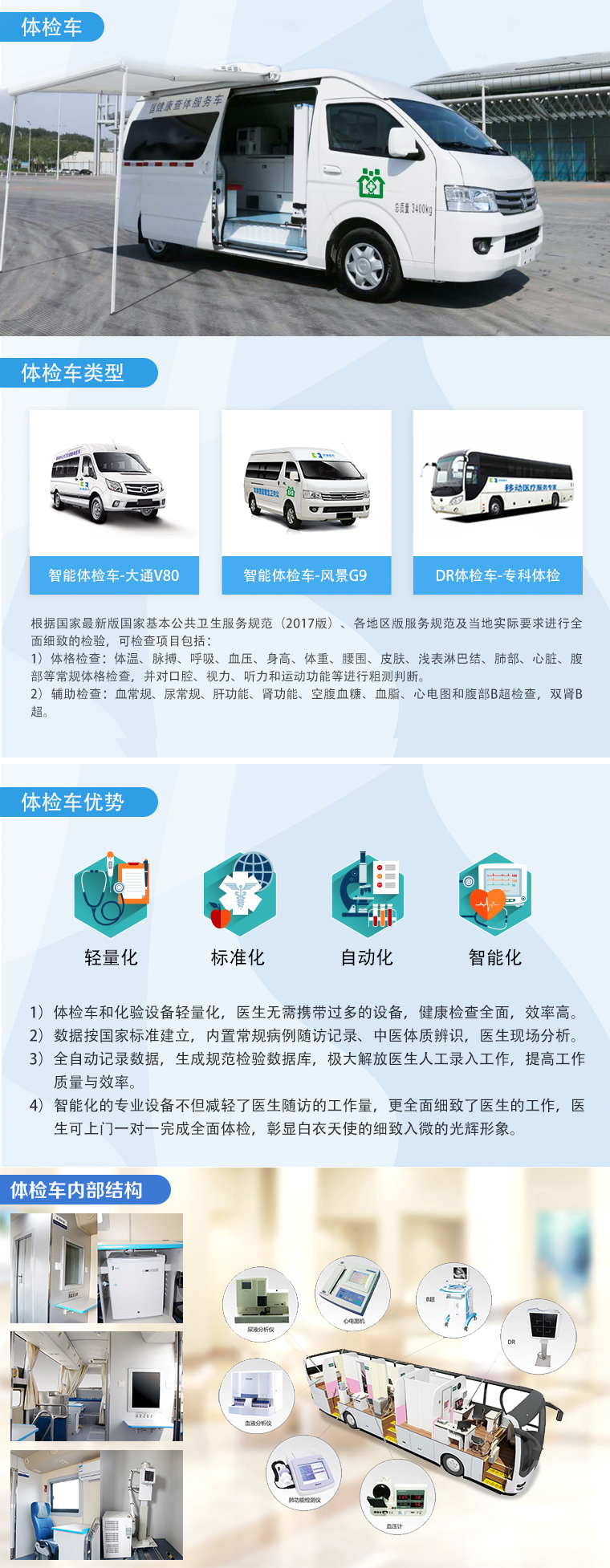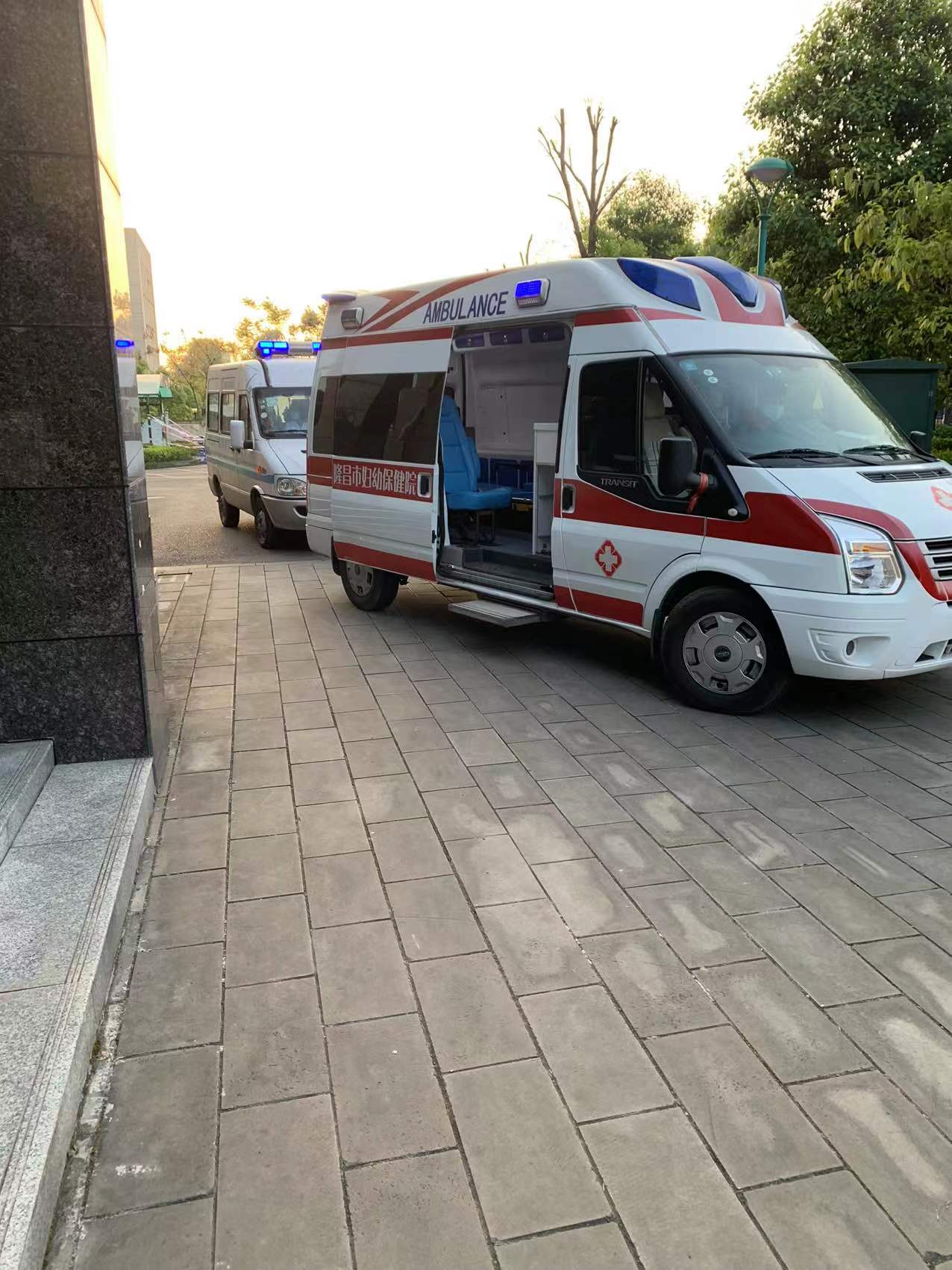實施案例
產(chǎn)品推薦
新聞推薦
慢病隨訪管理系統(tǒng):織密慢性病防控的 “數(shù)字網(wǎng)絡”
- 2025-07-04
- http://www.daycoding.com/ 原創(chuàng)
- 130
在慢性病防控的持久戰(zhàn)中,隨訪管理是提升患者依從性、控制病情發(fā)展的關鍵環(huán)節(jié)。慢病隨訪管理系統(tǒng)作為整合醫(yī)療資源、優(yōu)化隨訪流程的數(shù)字化工具,通過精準的數(shù)據(jù)追蹤、個性化的干預措施與高效的醫(yī)患互動,為提升慢性病管理率開辟了新路徑,其效果在實踐中逐步顯現(xiàn)。
In the protracted battle of chronic disease prevention and control, follow-up management is a key link in improving patient compliance and controlling disease progression. The chronic disease follow-up management system, as a digital tool for integrating medical resources and optimizing follow-up processes, has opened up new paths for improving chronic disease management rates through precise data tracking, personalized intervention measures, and efficient doctor-patient interaction. Its effectiveness has gradually emerged in practice.
系統(tǒng)的核心優(yōu)勢在于構(gòu)建了 “數(shù)據(jù)驅(qū)動” 的管理閉環(huán)。傳統(tǒng)隨訪依賴人工記錄,易出現(xiàn)信息遺漏或滯后,而管理系統(tǒng)可實時歸集患者的基礎信息(如病史、用藥記錄)、檢測數(shù)據(jù)(血壓、血糖、血脂值)及生活習慣(飲食、運動、吸煙情況),形成動態(tài)電子健康檔案。基層醫(yī)療機構(gòu)通過系統(tǒng)設定隨訪計劃,自動提醒醫(yī)護人員對高血壓、糖尿病等患者進行定期干預 —— 例如,對血壓控制不穩(wěn)的患者,系統(tǒng)會標記為 “重點管理對象”,觸發(fā)每周一次的電話隨訪或家庭醫(yī)生上門服務,確保干預措施精準到位。某社區(qū)衛(wèi)生服務中心引入系統(tǒng)后,高血壓患者規(guī)范管理率從 65% 提升至 82%,關鍵在于數(shù)據(jù)的完整性讓醫(yī)護人員能針對性調(diào)整用藥方案與生活指導,避免了 “粗放式” 管理的盲區(qū)。
The core advantage of the system lies in the construction of a "data-driven" management loop. Traditional follow-up relies on manual recording, which is prone to information omission or lag. However, management systems can real-time collect patients' basic information (such as medical history, medication records), test data (blood pressure, blood glucose, blood lipid values), and lifestyle habits (diet, exercise, smoking), forming dynamic electronic health records. Grass roots medical institutions set follow-up plans through the system to automatically remind medical staff to carry out regular intervention for patients with hypertension, diabetes and other diseases - for example, for patients with unstable blood pressure control, the system will mark them as "key management objects", triggering weekly telephone follow-up or home service by family doctors to ensure that the intervention measures are accurate and in place. After the introduction of the system in a certain community health service center, the standardized management rate of hypertension patients increased from 65% to 82%. The key is that the integrity of the data allows medical staff to adjust medication plans and life guidance in a targeted manner, avoiding blind spots in "extensive" management.
個性化隨訪策略是系統(tǒng)提升管理率的重要抓手。系統(tǒng)支持根據(jù)患者病情嚴重程度、依從性高低進行分層管理:對病情穩(wěn)定、依從性高的患者,采用 “線上為主” 的隨訪模式(微信推送健康知識、APP 遠程監(jiān)測數(shù)據(jù));對合并多種并發(fā)癥或用藥不規(guī)律的患者,啟動 “線下 + 線上” 復合隨訪(每月一次面對面問診,同步通過可穿戴設備實時采集心率、血糖等數(shù)據(jù))。這種 “階梯式” 干預顯著提高了患者的參與度 —— 某糖尿病管理項目中,使用系統(tǒng)的患者血糖達標率(糖化血紅蛋白<7%)較傳統(tǒng)隨訪組提升 18%,得益于系統(tǒng)根據(jù)血糖波動實時推送飲食提醒、運動建議,甚至聯(lián)動藥房進行用藥配送,將隨訪從 “被動提醒” 轉(zhuǎn)化為 “主動服務”。
Personalized follow-up strategy is an important tool for improving management efficiency in the system. The system supports hierarchical management based on the severity of the patient's condition and the level of compliance: for patients with stable conditions and high compliance, an "online based" follow-up mode (WeChat push health knowledge, APP remote monitoring data) is adopted; For patients with multiple complications or irregular medication, initiate a "offline+online" composite follow-up (monthly face-to-face consultation, synchronized real-time collection of heart rate, blood glucose and other data through wearable devices). This "stepped" intervention has significantly improved the participation of patients - in a diabetes management project, the rate of reaching the standard of blood glucose (glycosylated hemoglobin<7%) of patients using the system has increased by 18% compared with the traditional follow-up group, thanks to the system's real-time push of diet reminders, movement suggestions, and even linkage with the pharmacy for drug delivery, transforming follow-up from "passive reminders" to "active services".
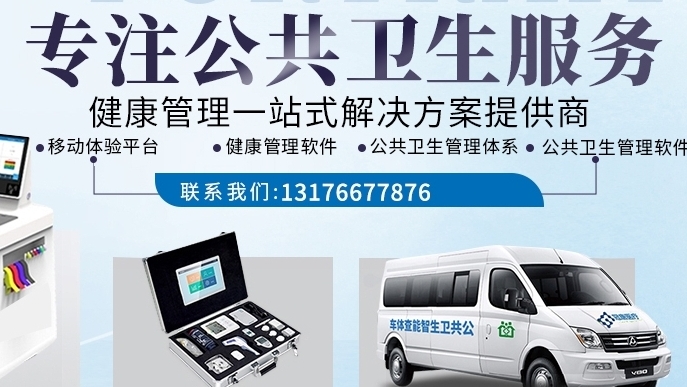
實時監(jiān)測與預警功能是系統(tǒng)防控風險的 “安全閥”。當患者連續(xù) 3 次血壓測量值超過 160/100mmHg,或血糖值>13.9mmol/L,系統(tǒng)會自動向主管醫(yī)生發(fā)出預警,觸發(fā)緊急干預流程(如安排急診問診、調(diào)整治療方案)。這種 “防患于未然” 的機制有效減少了并發(fā)癥發(fā)生風險:某區(qū)域慢病管理數(shù)據(jù)顯示,使用系統(tǒng)的患者因高血壓急癥、糖尿病酮癥酸中毒等急診就診率下降 35%,住院率降低 28%,說明系統(tǒng)通過早期干預避免了病情惡化,真正實現(xiàn)了從 “治已病” 到 “治未病” 的轉(zhuǎn)變。
The real-time monitoring and warning function is the "safety valve" for system risk prevention and control. When the patient's blood pressure measurement exceeds 160/100mmHg for three consecutive times, or the blood glucose level is greater than 13.9mmol/L, the system will automatically issue a warning to the supervising doctor and trigger emergency intervention procedures (such as arranging emergency consultations and adjusting treatment plans). This mechanism of "prevention before it happens" effectively reduces the risk of complications: the data of chronic disease management in a region shows that the emergency visit rate of patients using the system for hypertension emergencies, diabetes ketoacidosis and other emergencies has decreased by 35%, and the hospitalization rate has decreased by 28%, which indicates that the system has avoided the deterioration of the disease through early intervention, and has really realized the transformation from "treating the disease" to "treating the disease before it happens".
患者教育的 “精準滴灌” 是系統(tǒng)提升自我管理能力的關鍵。傳統(tǒng)隨訪中,健康知識普及往往 “一刀切”,而系統(tǒng)可根據(jù)患者年齡、文化程度、病情階段推送定制化內(nèi)容:為老年患者發(fā)送圖文并茂的用藥提醒(如 “早晨 7 點,該服降壓藥了”),為年輕患者提供短視頻形式的運動指導(如 “糖尿病患者適合的居家八段錦”)。某社區(qū)對使用系統(tǒng)的患者跟蹤半年發(fā)現(xiàn),其健康知識知曉率從 55% 提升至 80%,吸煙率、高鹽飲食比例分別下降 12% 和 15%,說明系統(tǒng)通過持續(xù)、精準的教育滲透,逐步改變了患者的行為習慣,而這正是提升慢性病管理率的底層支撐。
The precise drip irrigation of patient education is the key to improving self-management ability in the system. In the traditional follow-up, health knowledge popularization tends to be "one size fits all", and the system can push customized content according to the patient's age, education level and stage of illness: send medication reminders with pictures and words for elderly patients (such as "it's time to take antihypertensive drugs at 7:00 a.m."), and provide sports guidance in the form of short videos for young patients (such as "eight segments of brocade suitable for diabetes patients at home"). A community tracked patients using the system for six months and found that their awareness of health knowledge increased from 55% to 80%, while the smoking rate and high salt diet decreased by 12% and 15% respectively. This indicates that the system has gradually changed patients' behavior habits through continuous and precise education penetration, which is the underlying support for improving chronic disease management rates.
系統(tǒng)對醫(yī)療資源的優(yōu)化配置也間接提升了管理效率。基層醫(yī)護人員通過系統(tǒng)批量處理隨訪任務,將原本需要手工錄入、電話溝通的時間壓縮 60% 以上,得以將更多精力投入到復雜病例管理;系統(tǒng)還可自動生成隨訪報告,為區(qū)域慢病防控政策制定提供數(shù)據(jù)支持(如某街道高血脂患者集中,可針對性開展免費篩查活動)。這種 “降本增效” 讓優(yōu)質(zhì)醫(yī)療資源覆蓋更廣 —— 在醫(yī)療資源相對緊張的縣域地區(qū),引入系統(tǒng)后,慢性病患者的隨訪覆蓋率從不足 50% 提升至 90% 以上,管理的 “廣度” 與 “深度” 同步拓展。
The optimized allocation of medical resources by the system has indirectly improved management efficiency. Grassroots medical staff can use the system to batch process follow-up tasks, reducing the time that originally required manual input and telephone communication by more than 60%, allowing them to devote more energy to complex case management; The system can also automatically generate follow-up reports to provide data support for the formulation of regional chronic disease prevention and control policies (such as targeted free screening activities for high blood lipid patients in a certain street). This "cost reduction and efficiency improvement" approach allows for a wider coverage of high-quality medical resources - in county-level areas where medical resources are relatively scarce, the introduction of the system has increased the follow-up coverage of chronic disease patients from less than 50% to over 90%, and the "breadth" and "depth" of management have expanded synchronously.
本文由慢病隨訪管理系統(tǒng)友情奉獻.更多有關的知識請點擊:http://www.daycoding.com我們將會對您提出的疑問進行詳細的解答,歡迎您登錄網(wǎng)站留言.
This article is a friendly contribution from the occupational disease examination system For more information, please click: http://www.daycoding.com We will provide detailed answers to your questions. You are welcome to log in to our website and leave a message.
